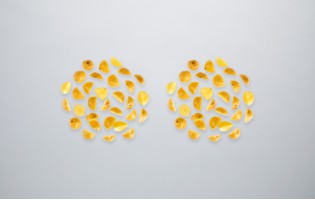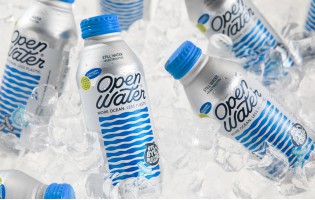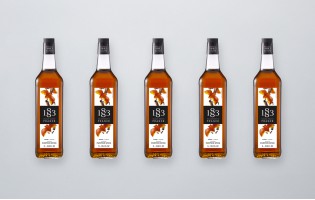New York Wholesaler Using Fresh Cut Food Waste
Thomas McQuillan, a business analyst with Baldor Specialty Foods Inc., doesn’t want to use the “W” word for edible product waste.
People might not be so interested in eating the byproducts or foods that are traditionally discarded, he figures.
The New York-based foodservice wholesaler has started a food repurposing program it calls SparCs — pronounced “sparks” — which is “scraps” spelled backwards and is using that term until a more positive word for edible waste is developed.
The program works to find uses for edible food from its fresh-cut processing division including carrots, which are frequently chopped into sticks and dices after trimmings are discarded.
One New York chef uses repurposed items for a “Dumpster Dive” salad that is featured on the eatery’s menu and carrot peelings and celery tops were used in a series of pop-up dinners called WastED.
Baldor wants to find uses for the trimmings and cut pineapples, mangoes, melons, citrus, apples and many vegetables and instead of labeling as garbage, view the offerings as food products, McQuillan said.
Unlike other refuse picked up from the streets and mixed with other discarded items, the food wastage is pure and can be eaten or used in juices as well as in animal feed, McQuillan said.
“We’re trying to treat the food as food, not as garbage or a byproduct,” he said. “What is interesting is it’s so clean. There are no contaminants and this is a clean form of product that can be turned or transformed into something else.”
Fresh-cut produce itself is a good food repurposer as 100% of fresh-cut processed products can be consumed.
The program remains in its infancy but McQuillan said many chefs are expressing interest in how they can reduce food waste and the cause has become a national concern.
“We are working with chefs to identify new opportunities,” he said. “Chefs want to start thinking about how they can be more efficient in restaurants and put changes in place to produce less waste. It seems to be on the minds of many people.”
Instead of peeling carrots and potatoes and discarding the trimmings, many chefs simply wash them and serve as-is because the peels are valuable and include many nutrients, McQuillan said.
About 37 million pounds of usable food worth $40 billion goes to waste every year in the U.S., he said.
“People may need to think more aggressively about eating it,” McQuillan said. “This is where we will see a lot more use of the product going forward.”
Baldor is working with a juicer, a broth manufacturer and is sending products to northeast hog farms for use as animal feed and is exploring other uses, he said.
The program may grow into something larger, but for now, McQuillan said Baldor remains focused on finding new uses for food that would otherwise go to waste.
Fresh-cut processing accounts for about 15% of Baldor’s business.
























































































































































































































 Fruits
Fruits  Organics
Organics  Vegetables
Vegetables  Fresh Cuts
Fresh Cuts  Meat & Poultry
Meat & Poultry  Grocery
Grocery  Dairy
Dairy  Cheese
Cheese  Bakery
Bakery  Seafood
Seafood 